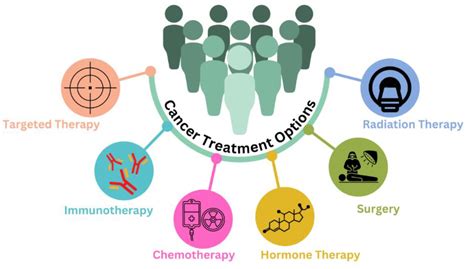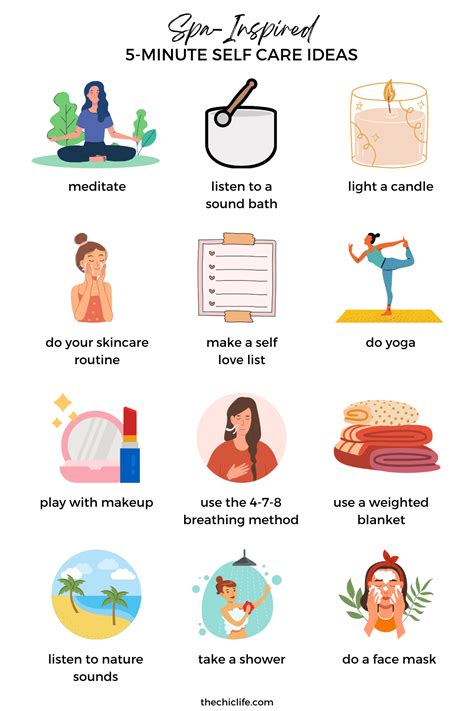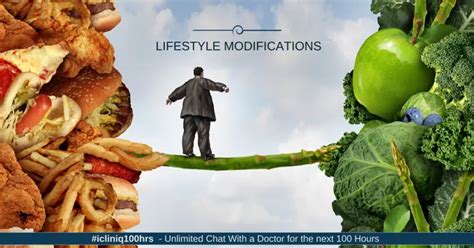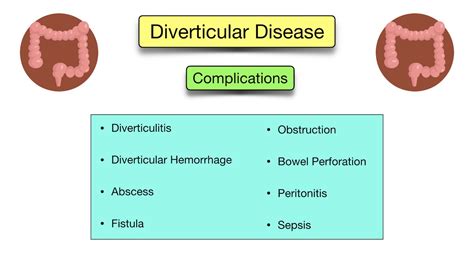Intro
Discover 5 effective ways to treat broken ribs, including pain management, breathing exercises, and rib stabilization, to promote healing and alleviate discomfort from rib fractures and injuries.
The pain and discomfort of broken ribs can be debilitating, making everyday activities a challenge. Broken ribs, also known as rib fractures, occur when one or more of the ribs break or crack, often due to trauma, injury, or severe coughing. While broken ribs can be a painful and frustrating experience, there are several ways to treat and manage the condition. In this article, we will explore the importance of treating broken ribs, the benefits of various treatment options, and provide practical advice on how to alleviate symptoms and promote healing.
Broken ribs can be a serious condition, especially if left untreated. If you suspect you have broken ribs, it is essential to seek medical attention immediately. A doctor will typically diagnose broken ribs using a physical exam, imaging tests, and a review of your medical history. Once diagnosed, your doctor will develop a treatment plan to help manage your symptoms, promote healing, and prevent complications. The goal of treatment is to reduce pain, inflammation, and discomfort, while also allowing the ribs to heal properly.
Treating broken ribs requires a comprehensive approach that incorporates medical treatment, self-care, and lifestyle modifications. While medical treatment is essential for managing symptoms and promoting healing, self-care and lifestyle modifications can help alleviate discomfort, reduce pain, and prevent complications. In the following sections, we will explore the various ways to treat broken ribs, including medical treatment, self-care, and lifestyle modifications.
Treatment Options for Broken Ribs

There are several treatment options for broken ribs, including medical treatment, self-care, and lifestyle modifications. Medical treatment typically involves pain management, breathing exercises, and monitoring for complications. Self-care and lifestyle modifications can help alleviate discomfort, reduce pain, and promote healing. The following are some common treatment options for broken ribs:
- Pain management: Over-the-counter pain medications, such as acetaminophen or ibuprofen, can help reduce pain and discomfort.
- Breathing exercises: Deep breathing exercises can help improve lung function and reduce the risk of complications, such as pneumonia.
- Rest and relaxation: Getting plenty of rest and avoiding strenuous activities can help promote healing and reduce discomfort.
- Ice and heat therapy: Applying ice or heat to the affected area can help reduce pain and inflammation.
Benefits of Medical Treatment
Medical treatment is essential for managing symptoms and promoting healing. A doctor can prescribe pain medication, provide guidance on breathing exercises, and monitor for complications. Medical treatment can also help reduce the risk of complications, such as pneumonia or chest infections.Self-Care for Broken Ribs

Self-care is an essential component of treating broken ribs. Self-care activities, such as rest, relaxation, and deep breathing exercises, can help alleviate discomfort, reduce pain, and promote healing. The following are some self-care activities that can help manage broken ribs:
- Get plenty of rest: Avoid strenuous activities and get plenty of rest to promote healing and reduce discomfort.
- Practice deep breathing exercises: Deep breathing exercises can help improve lung function and reduce the risk of complications.
- Apply ice or heat: Applying ice or heat to the affected area can help reduce pain and inflammation.
- Maintain a healthy diet: Eating a healthy, balanced diet can help promote healing and reduce the risk of complications.
Importance of Rest and Relaxation
Rest and relaxation are essential for promoting healing and reducing discomfort. Getting plenty of rest can help reduce the risk of complications, such as pneumonia or chest infections. Avoiding strenuous activities can also help reduce pain and discomfort.Lifestyle Modifications for Broken Ribs

Lifestyle modifications can help alleviate discomfort, reduce pain, and promote healing. The following are some lifestyle modifications that can help manage broken ribs:
- Avoid smoking: Smoking can reduce lung function and increase the risk of complications.
- Avoid heavy lifting: Heavy lifting can exacerbate pain and discomfort, and increase the risk of complications.
- Maintain a healthy weight: Maintaining a healthy weight can help reduce the risk of complications and promote healing.
- Get regular exercise: Regular exercise can help improve lung function and reduce the risk of complications.
Benefits of Lifestyle Modifications
Lifestyle modifications can help alleviate discomfort, reduce pain, and promote healing. Avoiding smoking, heavy lifting, and maintaining a healthy weight can help reduce the risk of complications and promote healing. Regular exercise can also help improve lung function and reduce the risk of complications.Complications of Broken Ribs

Broken ribs can lead to several complications, including pneumonia, chest infections, and lung collapse. It is essential to seek medical attention immediately if you experience any of the following symptoms:
- Difficulty breathing
- Chest pain or discomfort
- Coughing up blood or yellow or green mucus
- Fever or chills
Risk Factors for Complications
Certain risk factors can increase the risk of complications, including age, underlying medical conditions, and smoking. Older adults, people with underlying medical conditions, and smokers are at higher risk of developing complications.Preventing Broken Ribs

Preventing broken ribs requires a combination of safety measures, self-care, and lifestyle modifications. The following are some ways to prevent broken ribs:
- Wear protective gear: Wearing protective gear, such as seatbelts or helmets, can help reduce the risk of injury.
- Avoid falls: Avoiding falls can help reduce the risk of injury and broken ribs.
- Maintain a healthy weight: Maintaining a healthy weight can help reduce the risk of complications and promote healing.
- Get regular exercise: Regular exercise can help improve lung function and reduce the risk of complications.
Importance of Safety Measures
Safety measures, such as wearing protective gear and avoiding falls, can help reduce the risk of injury and broken ribs. It is essential to take safety measures seriously and make them a part of your daily routine.Conclusion and Next Steps

Treating broken ribs requires a comprehensive approach that incorporates medical treatment, self-care, and lifestyle modifications. By following the treatment options and self-care activities outlined in this article, you can help alleviate discomfort, reduce pain, and promote healing. Remember to seek medical attention immediately if you experience any symptoms of broken ribs or complications. By taking the necessary steps, you can reduce the risk of complications and promote healing.
We hope this article has provided you with valuable information on treating broken ribs. If you have any questions or comments, please feel free to share them below. We encourage you to share this article with others who may be experiencing broken ribs or seeking information on treatment options.
What are the symptoms of broken ribs?
+The symptoms of broken ribs include chest pain or discomfort, difficulty breathing, coughing up blood or yellow or green mucus, and fever or chills.
How long does it take to recover from broken ribs?
+The recovery time for broken ribs can vary depending on the severity of the injury and the individual's overall health. Generally, it can take several weeks to several months to fully recover from broken ribs.
Can I still exercise with broken ribs?
+It is generally recommended to avoid strenuous exercise and heavy lifting with broken ribs. However, gentle exercises, such as deep breathing exercises, can help improve lung function and reduce the risk of complications.
